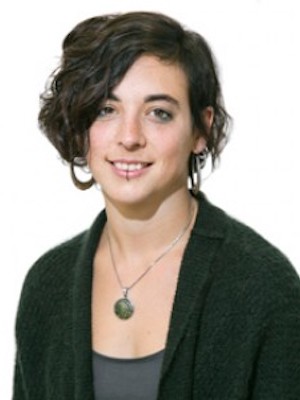The Ersilia Open Source Initiative, the small non-profit organisation I co-founded 3 years ago, has achieved a major milestone: completing its first end-to-end implementation of AI-based tools for drug discovery against infectious diseases in an African institution where no prior AI expertise was available. In particular, we have focused on building AI models that predict the outcome of each one of the experimental assays used in malaria and tuberculosis drug discovery cascades, from bioactivity to toxicity. In this blogpost, I want to highlight the three major challenges we overcame while doing this work, and why we hope to see more and more of this kind of AI applications in science!
First, conducting high quality research in non-standard settings. Ersilia, a small research non-profit linked to, but outside traditional academia, partnered with the Holistic Drug Discovery and Development Centre (H3D), a non-profit drug discovery centre associated with the University of Cape Town (South Africa). To make this collaboration a success, two of Ersilia’s scientists (myself and Dr. Miquel Duran-Frigola) spent up to 6 months (along 2021 and 2022) at the H3D Centre, to understand the existing capabilities, train its staff in AI tools for drug discovery and ensure successful implementation of the AI models developed as part of the project for ongoing research projects.
Second, extending AI use to non-expert scientists. AI is becoming increasingly used throughout research fields, but many experimental scientists (like I was once, see this SSI blogpost about the transition from the bench to computer sciences) do not yet leverage its potential. We have focused on making our tool, ZairaChem, fully automated, so that maintaining the existing AI models and training new ones is simply a click away.
And third, balancing our open source and open access statements with working with IP-protected data. ZairaCehem features an option “anonymize”, that allows the researcher to build a model with IP-sensitive molecules and release it without disclosing the nature of the compounds used as training data. This way, we can leverage data that would otherwise remain shelved and convert it into AI models that might help other researchers. All AI models developed in this project were made available through the Ersilia Model Hub, and we have published the code under a GPLv3 licence. Importantly, the work has just been published in Nature Communications in Open Access, thanks to the support of the SSI fellowship.
In summary, we hope this project sets the basis for expanding the use of AI to accelerate drug discovery against infectious and neglected diseases in institutions located where these diseases are more prevalent, reducing the digital gap and producing state-of-the-art science in traditionally underfunded settings.


